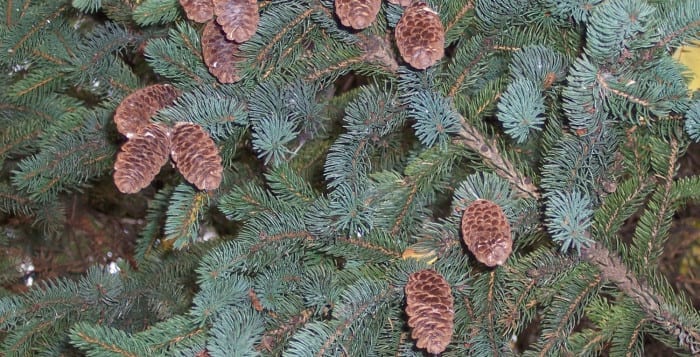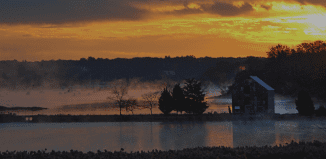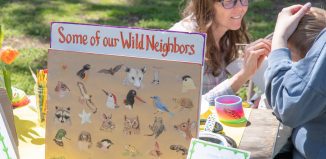Creating a winter interest in the garden
By Ellen Barcel
You’re probably wondering why I’m writing a column on winter interest in the garden in May, especially after the brutally cold and snowy winter we’ve just gone through. Shouldn’t I be touting spring?
Well, yes and no. If you looked at your garden this past winter and were disappointed in the overall effect, you need to think about what you are planting now to be able to look out your windows next winter and love what you see.
To create winter interest in the garden, think color, shape and texture. Let’s start with color. So much of the garden in winter is brown, so, look for plants that are not brown. That immediately brings to mind evergreens, whether you’re thinking of trees like pines, spruce, cedars etc. or shrubs like euonymous. Each of these brings beautiful green color. To make this even more spectacular, consider interspersing some evergreens with those that are tinged with gold. Now, not only do you have these beautiful green and gold colors in the garden, but, when it snows, you have a lacy, Christmas-card scene. Don’t forget holly since it holds its deep green leaves and much of its red berries throughout the snowy season.
But, there are other color possibilities. Recently, driving out on the East End, amid all the brown, bare tree trunks was a beautiful red specimen. It was a red twig dogwood, and the color stood out from blocks away.
By the way, there’s also yellow twig dogwood. Red twig dogwood has white flowers in spring, it’s drought tolerant as well as heat tolerant, so, should do well in unusually cold winters or hot summers. Yes, you can cut some of the red twigs for winter decorations in the house. The more sun, the brighter the colors will be, but it does grow in partial shade.
So, now we have green, yellow, gold and red. What about blue? Well, you could plant some Colorado blue spruce. One of its added bits of winter interest is the beautiful pinecones these, as well as other conifers, have.
For texture, look at tree bark. Sycamore trees have whitish bark that peels, creating an interesting pattern on the trunk. Oak leaf hydrangeas also have exfoliating bark as does paperbark maple. Note that the beautiful white birch (paper birch) doesn’t do too well on Long Island. A native of North America it is rated for hardiness zones 3 through 6 (Long Island is warmer at zone 7). While you will occasionally see one growing well here, it is the exception rather than the rule.
Unusual or twisted vines on a trellis or something like the twisted Harry Lauder’s walking stick create beautiful designs in the garden, especially when snow melts and refreezes, creating really cool icicles on them.
Shape is another way of bringing winter interest into the garden. Consider pruning some of your small evergreens into topiaries. They really stand out that way.
Ornamental grasses are beautiful in winter. They blow in the winter wind and become covered with not only snow but ice in the colder months.
So, as you enjoy the warm gardening days ahead, think about what will make your garden stunning next January.
Ellen Barcel is a freelance writer and master gardener. To reach Cornell Cooperative Extension and its Master Gardener program, call 631-727-7850.







